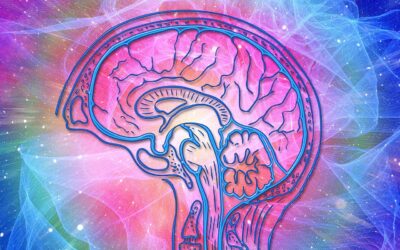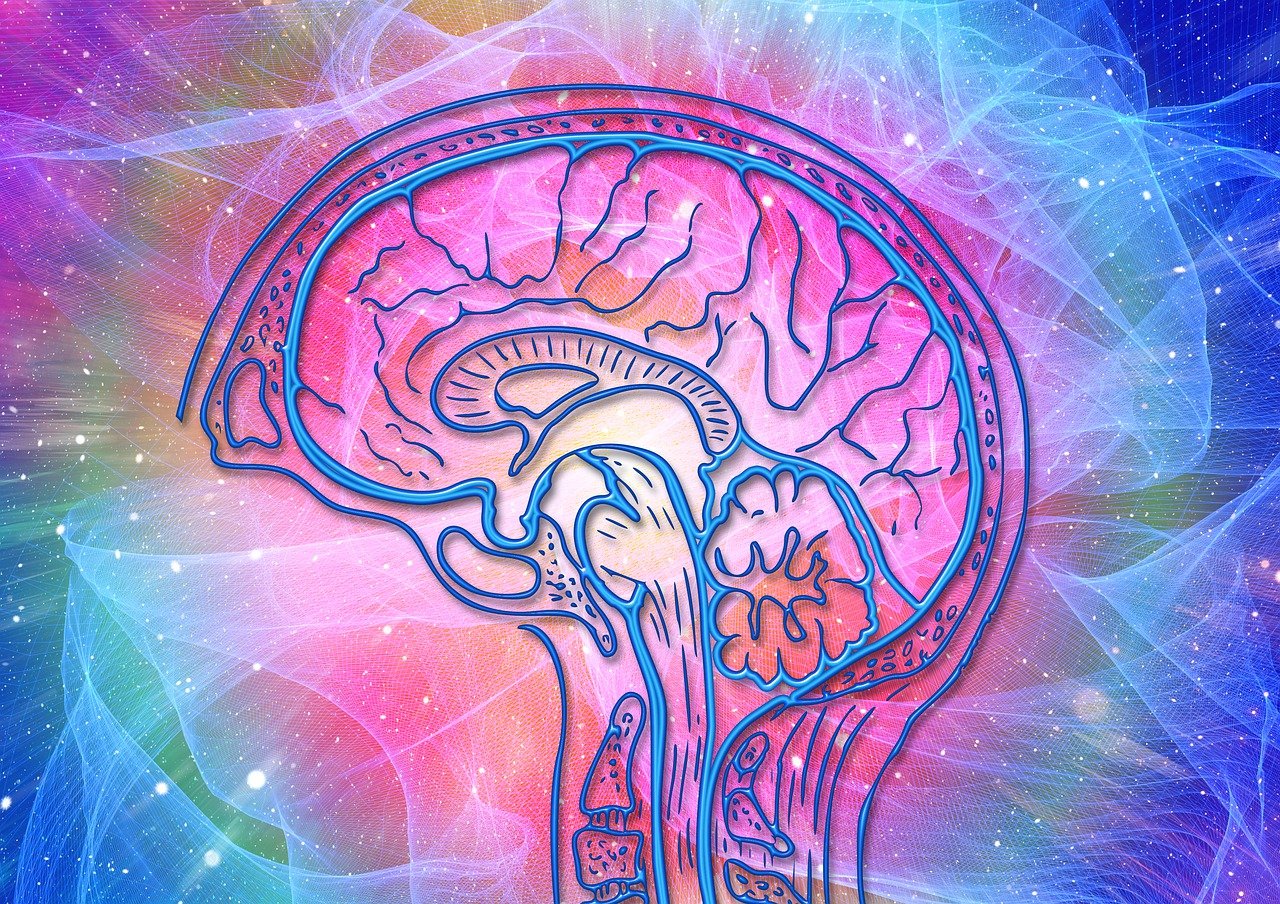AI’s Building Blocks: From Sci-Fi Dreams to Everyday Reality

Artificial Intelligence (AI) has come a long way from being a staple of science fiction. What was once the stuff of futuristic fantasies has now become part of our everyday lives. We interact with AI in ways we may not even realize—through virtual assistants, recommendation algorithms, and even automated customer service chats. But how did AI transition from speculative fiction to a ubiquitous technology? Understanding the core components of AI helps demystify its rise and showcases how it’s reshaping the world.
The Foundations of AI: From Concepts to Practical Tools
To understand AI’s impact, it’s essential to grasp the building blocks that have allowed it to flourish. Early AI research was primarily theoretical, focused on mimicking human thought processes through algorithms. While this was the foundation of AI’s evolution, its real progress came from combining multiple innovations across computing, data science, and neural networks.
Key developments include machine learning (ML), natural language processing (NLP), and neural networks—each contributing to AI’s broad range of abilities. These foundational blocks have been refined over decades, allowing AI to transition from rule-based systems to models that learn from data, detect patterns, and make decisions without explicit programming.
Machine Learning: AI’s Learning Engine
Machine learning is at the core of AI’s current capabilities. ML allows systems to improve their performance based on data without being explicitly programmed. Instead of relying on hard-coded rules, machine learning models “train” on datasets, allowing them to recognize patterns, predict outcomes, and even make decisions in real time. For example, recommendation systems like those used by Netflix or Spotify analyze users’ preferences and behaviors to suggest content based on past data.
There are different types of machine learning, such as supervised learning, where a model is trained on labeled data, and unsupervised learning, where the model discovers patterns without any predefined labels. More recent innovations, like reinforcement learning, allow AI systems to learn through trial and error, similar to how humans learn from experience. These forms of learning have made AI adaptable, enabling it to tackle tasks ranging from image recognition to game playing.
Natural Language Processing: Understanding and Generating Language
Another crucial element in AI’s growth is natural language processing (NLP). NLP gives machines the ability to understand, interpret, and respond to human language in a way that feels natural. This technology powers chatbots, virtual assistants like Siri and Alexa, and even automated translation services like Google Translate.
NLP’s evolution has made AI increasingly accessible. Early AI systems struggled with context, slang, and tone, but modern NLP algorithms are significantly more sophisticated. They can engage in nuanced conversations, detect sentiment, and even generate coherent text based on prompts, as seen in AI-driven writing assistants. By bridging the communication gap between humans and machines, NLP has opened new possibilities for AI applications in customer service, content creation, and beyond.
Neural Networks: The Structure Behind AI’s Intelligence
Much of AI’s power today comes from neural networks, which mimic the way the human brain processes information. Neural networks are a series of algorithms that identify relationships in a dataset through a process that resembles the way neurons work in the brain. This structure enables AI to learn, recognize patterns, and make complex decisions.
Deep learning, a subset of neural networks, involves multiple layers of neurons and is behind many of AI’s more impressive feats. These include image recognition, autonomous driving, and even advanced game-playing systems like AlphaGo. Neural networks have made AI more adaptable and capable of handling unstructured data such as images, audio, and video, propelling AI’s usefulness beyond structured data analysis.
Real-World Applications of AI: From Fantasy to Functionality
With these foundational technologies in place, AI has moved from a speculative possibility to a tangible force driving real-world applications. AI-powered systems are now embedded in countless industries, enhancing everything from healthcare to entertainment.
AI in Healthcare: Precision and Personalization
One of the most exciting applications of AI is in healthcare, where machine learning models are revolutionizing diagnostics and treatment. AI can analyze medical data at speeds far beyond human capability, identifying patterns that may be invisible to the naked eye. For instance, AI models can process medical images to detect early signs of diseases like cancer, often with greater accuracy than traditional methods.
Moreover, AI-powered predictive analytics are enabling more personalized treatments. By analyzing a patient’s genetic data, medical history, and lifestyle, AI can help doctors tailor treatment plans to the individual, improving outcomes and reducing the likelihood of complications. The potential for AI to aid in drug discovery is another area of rapid development, with machine learning algorithms speeding up the identification of potential new treatments by analyzing vast datasets of chemical compounds and clinical trials.
AI in Finance: Automating the Complex
AI is also reshaping the financial industry, automating everything from fraud detection to investment management. Banks and financial institutions rely on AI models to identify suspicious transactions in real-time, while robo-advisors use machine learning to provide personalized investment strategies based on an individual’s financial goals.
Algorithmic trading is another area where AI is taking the lead. In these systems, AI can analyze market data and execute trades faster and more efficiently than human traders. These AI-driven approaches enable more informed decision-making, allowing companies to reduce risk and optimize profit in a volatile financial landscape.
AI in Everyday Life: Convenience at Scale
AI’s impact on daily life is perhaps most visible in the smart devices that have become commonplace. Virtual assistants like Alexa, Google Assistant, and Siri rely on AI to understand and respond to voice commands, creating a seamless integration of technology into everyday tasks. Whether it’s adjusting the thermostat, setting a reminder, or answering a question, AI-powered assistants bring convenience to millions of households.
Even outside of direct interaction, AI is working behind the scenes to enhance user experiences. Algorithms curate social media feeds, recommend products, and suggest new music or movies. AI’s ability to anticipate user preferences based on past behavior has made it an integral part of how we consume digital content, shop online, and navigate our digital lives.
The Future of AI: Possibilities and Ethical Considerations
As AI continues to evolve, its potential applications will expand into even more areas. Autonomous vehicles, for instance, represent a significant leap in AI’s integration into daily life. These self-driving cars rely on AI systems to navigate roads, detect obstacles, and make split-second decisions, all while learning from real-world experiences to improve safety and efficiency.
However, with AI’s growing influence comes a set of ethical challenges. Concerns around data privacy, job displacement, and algorithmic bias are just a few of the issues that must be addressed as AI becomes more integrated into society. Ensuring that AI is developed and deployed in a way that benefits humanity without infringing on rights or creating new forms of inequality will be crucial to its long-term success.
AI’s Journey From Fiction to Reality
What was once imagined in science fiction—intelligent machines capable of learning, reasoning, and interacting with humans—is now a reality. The building blocks of AI, from machine learning to neural networks, have made this transition possible, creating tools that enhance nearly every aspect of our lives. As we look ahead, AI’s role in shaping the future will only grow, bringing new opportunities and challenges that we must navigate with care.
AI’s rise from sci-fi dream to everyday tool reminds us that innovation often outpaces our expectations. By understanding the foundations that power AI, we gain not only insight into how far we’ve come but also a glimpse into the future possibilities that lie ahead.









